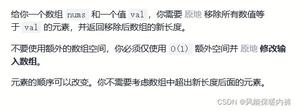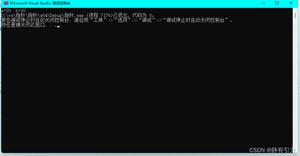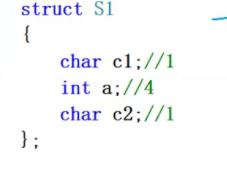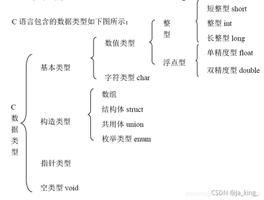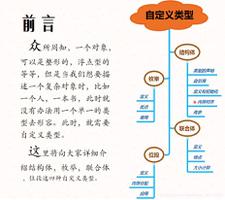c语言中使用指向结构指针的原因

1、指向结构的指针通常比结构本身更容易控制。
2、早期结构不能作为参数传递给函数,但可以传递指向结构的指针。
3、即使可以传递结构,传递指针通常也更有效率。
4、一些用于表示数据的结构包含指向其他结构的指针。
实例
#include <stdio.h>#define LEN 20
struct names //定义结构体names
{
char first[LEN];
char last[LEN];
};
struct guy //定义结构体guy
{
struct names handle;
char favfood[LEN];
char job[LEN];
float income;
};
int main(void)
{
struct guy fellow[2] = {
//这是一个结构嵌套,guy结构里嵌套了names结构
//初始化结构数组fellow,每个元素都是一个结构变量
{{"Ewen","Villard"},
"girlled salmon",
"personality coach",
68112.00
},
{{"Rodney","Swillbelly"},
"tripe",
"tabloid editor",
432400.00
}
};
struct guy * him; //这是一个指向结构的指针
printf("address #1:%p #2:%p\n",&fellow[0],&fellow[1]);
him = &fellow[0]; //告诉编译器该指针指向何处
printf("pointer #1:%p #2:%p\n",him,him+1);//两个地址
printf("him->income is $%.2f:(*him).income is $%.2f\n",him->income,(*him).income);//68112.00
//指向下一个结构,him加1相当于him指向的地址加84。names结构占40个字节,favfood占20字节,handle占20字节,float占4个字节,所以地址会加84
him++;
printf("him->favfood is %s: him->handle.last is %s\n",him->favfood,him->handle.last);
//因为有了上面的him++,所以指向的是favfood1[1],
return 0;
}
输出结果为
PS D:\Code\C\结构> cd "d:\Code\C\结构\" ; if ($?) { gcc structDemo02.c -o structDemo02 } ; if ($?) { .\structDemo02 }
address #1:000000000061FD70 #2:000000000061FDC4
pointer #1:000000000061FD70 #2:000000000061FDC4
him->income is $68112.00:(*him).income is $68112.00
him->favfood is tripe: him->handle.last is Swillbelly
以上就是c语言中使用指向结构指针的原因,希望对大家有所帮助。更多C语言学习指路:C语言教程
以上是 c语言中使用指向结构指针的原因 的全部内容, 来源链接: utcz.com/z/546470.html

